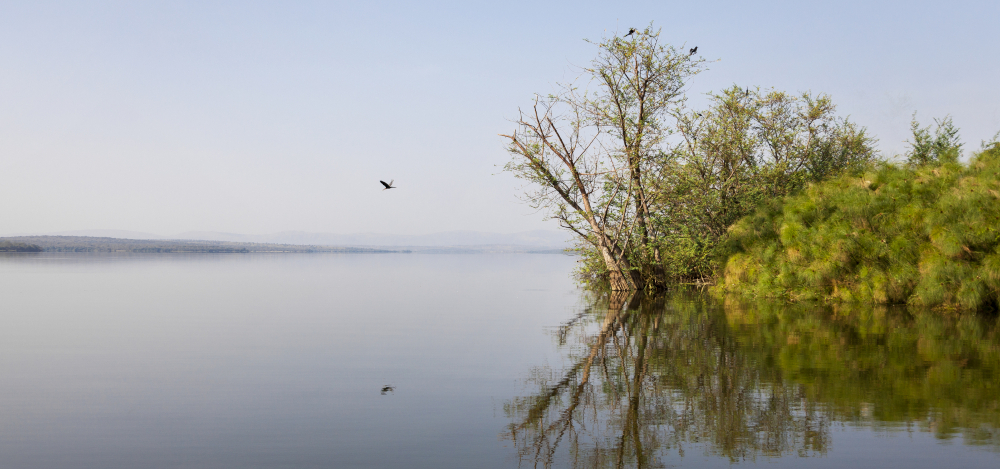The series was organised by Cap-Net, the United Nations Development Programme (UNDP), Alliance for Global Water Adaptation (AGWA), Stockholm International Water Institute (SIWI), Water Governance Facility, and GWP. This was the second time the partners organised the series, the first round was in July 2020.
The organisers hope that the series can help to improve coordination across water and climate decision-makers and professionals, by providing examples of coordination and implementation mechanisms and by introducing the financing element.
“It is fascinating to see how much effort and coordination are being increasingly invested in water resources consideration in the global agenda. But there is a long way to go on the side of decision-makers and their technical advisors, if questions around the justification of why the ambitiousness of water consideration in plans like the NDCs is not that obvious yet,” reflected participant Marc Manyifika, Director-General of the Rwandan Land, Water and Forestry Directorate, after the webinar series concluded.
Watch the full webinars:
18 February: Interactions between water and different sectors
The first webinar discussed the importance of ensuring that water interactions are considered in the NDCs, as countries adjust development paths as a result of COVID-19 impact on country finances, intersectoral linkages, observations on differences between first and enhanced NDCs. Everyone agreed that water is a connector and that an integrated, multi-sectoral approach is necessary and useful to achieve multiple transformational goals simultaneously.
25 February: From Commitments to Implementation
The second webinar shared experiences in preparing documents that include activities related to climate change, as well as lessons from addressing commitments in the first round of NDCs. While it is recognised that water and water-related activities were included as priority activities in the first NDCs, questions remain whether the priority was matched during implementation. “We learned that going from commitment to implementation is hard work. It is often complicated institutionally, and sometimes messy, but it's such an important step,” commented Gaillard-Picher.
4 March: Climate finance – exploring options for funding water and climate
The third webinar introduced the three main global climate finance mechanisms and their modalities, with emphasis on the practicalities of securing finance, obtaining accreditation, and building good investment cases. Insights and a range of opportunities were presented.
Webinars in different languages are currently being planned, and more information will be shared in due course. For more information, visit the Cap-Net website on Water and Climate.
Top photo: Lake Kivu and crocodile island, by mostphotos.com/CAGOMOGO

